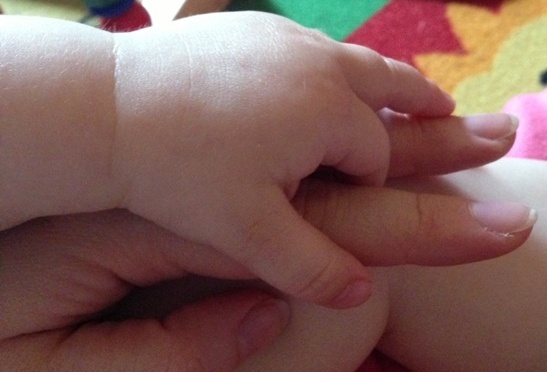When it comes to novels, there’s an art to research. The days and hours invested in the ephemera of other times and places in the hope of evading anachronism and burnishing verisimilitude, having nagged perhaps that they were procrastination rather than process, demand their proof in prose. On the tightrope between foregrounding one’s fortuitous and fascinating discoveries and allowing them to tumble imperceptibly into the narrative’s texture, there must be a temptation to yield to the former impulse.
So, it might be strategy that has led Naomi Wood, the author of Mrs. Hemingway and The Godless Boys, to promote her new book, The Hiding Game with a lecture at Manchester’s International Anthony Burgess Foundation, making explicit the real lives of the women whose studies at the Bauhaus are woven more subtly into the fabric of the novel.
In this case, the metaphor of warp and weft is especially apt since the fiction is set in the school’s weaving department, the cul de sac that, after founder Walter Gropius’s utopian first year promise that it would be accessible to all ‘without regard to age or sex’, was tacitly retracted.
 Even those who did not bridle outwardly against discriminatory sifting chafed against the course’s restraints. By Wood’s account, they came into their own under solitary female Master, Gunta Stolzl, in the Bauhaus’s second home in Dessau. Stolzl and her colleagues, perhaps exceeding the principles of discovery through play set out in Josef Albers’ Vorkurs, experimented with such non-traditional materials as cellophane and celluloid, developing in the process the iron wool which upholstered the school’s celebrated tubular steel chairs.
Even those who did not bridle outwardly against discriminatory sifting chafed against the course’s restraints. By Wood’s account, they came into their own under solitary female Master, Gunta Stolzl, in the Bauhaus’s second home in Dessau. Stolzl and her colleagues, perhaps exceeding the principles of discovery through play set out in Josef Albers’ Vorkurs, experimented with such non-traditional materials as cellophane and celluloid, developing in the process the iron wool which upholstered the school’s celebrated tubular steel chairs.
Less feted than male colleagues in more prestigious, less financially successful departments, their fates were correspondingly more vulnerable in the mistrustful face of a rising National Socialism, hostile to those it viewed as practitioners of ‘degenerate art’, all the more so if they were also of Jewish origin. After an unhappy exile in a wartime London she described as like being ‘dropped in the Middle Ages’; Otti Berger, for one, was to have her artistic promise ended in Auschwitz, a scant year before the camp’s liberation.
While Stolzl was a Master, arguably the achievements of one who was accorded only the niggling title of ‘Acting Master’ surpassed her. Marianne Brandt overcame the resistance of the male students of Metalwork, dryly noting that ‘at first I was not accepted with pleasure’ to eclipse them. The most commissioned of her peers, it is she who is responsible for the iconic steel teapot that has become almost emblematic of Bauhaus’s embodiment of function in form. She excelled, too, in the less gendered discipline of photography, producing photomontages that, though in some ways reminiscent of Alexander Rodchenko’s Constructivist compositions, have a sly wit subversively her own.
 Illuminating though such biographies are, and well-structured though Wood’s mixed media presentation might be, the spark from the snapshot of the extracurricular Metal Ball which inspired her novel does not quite flame into passion until – of all things – a question from the audience, the last one of the evening. She’s asked about die Neuen Frauen of the institute and how – and if – they reconciled motherhood with creative industry, but she answers for herself, acknowledging that “I love my work more than I like hanging out with my kids”.
Illuminating though such biographies are, and well-structured though Wood’s mixed media presentation might be, the spark from the snapshot of the extracurricular Metal Ball which inspired her novel does not quite flame into passion until – of all things – a question from the audience, the last one of the evening. She’s asked about die Neuen Frauen of the institute and how – and if – they reconciled motherhood with creative industry, but she answers for herself, acknowledging that “I love my work more than I like hanging out with my kids”.
In that instant, the century between the Bauhaus’s inception and the distance between Weimar and Manchester is abolished, and the novelist stands beside her iconoclast predecessors, shaping a future in spite of the present, leaving a story that demands not to be forgotten.
Main image: Naomi Wood. Image by Rachel Hippolyte.
The Hiding Game is published by Pan Macmillan and is available to buy now.











